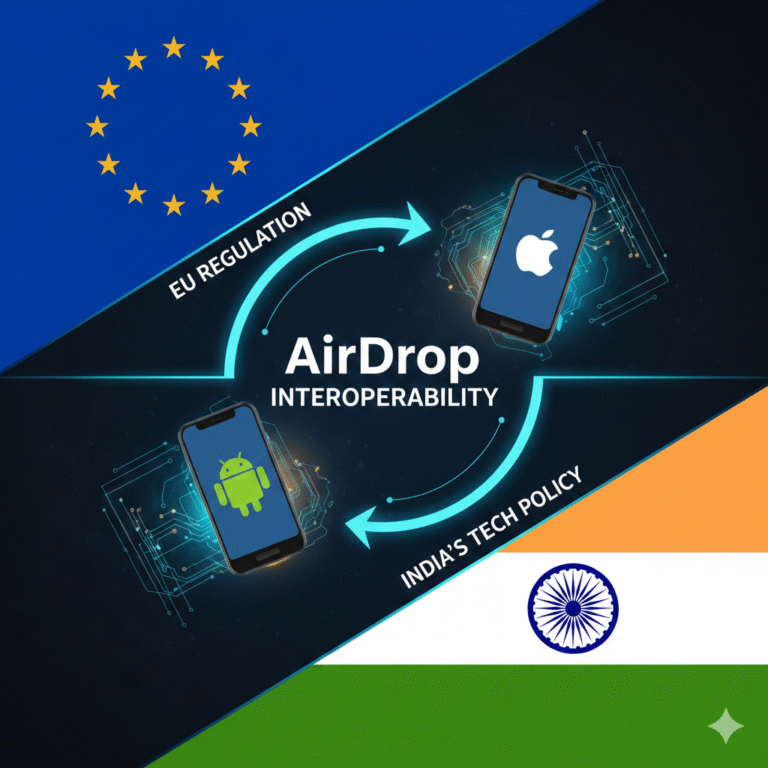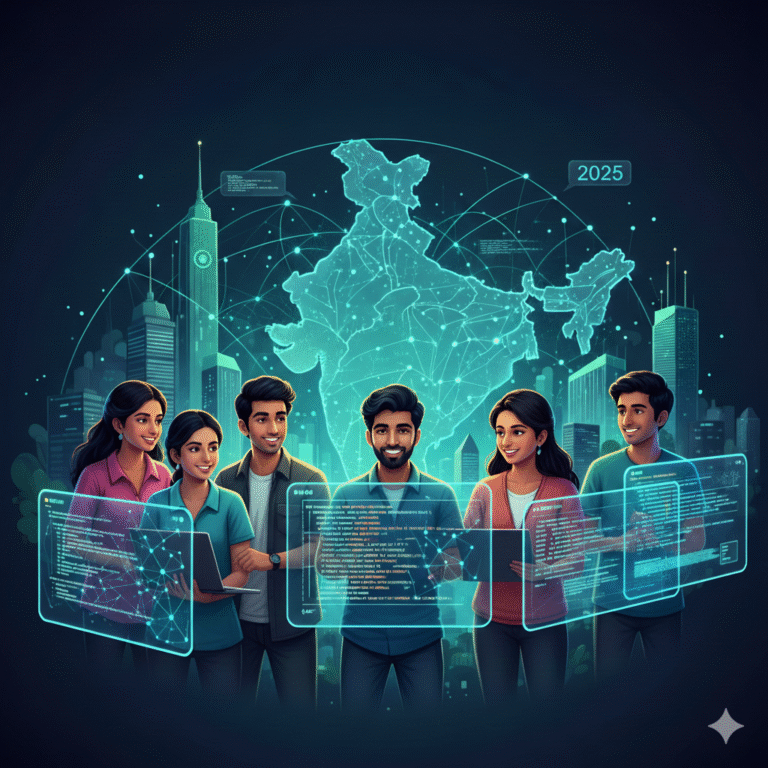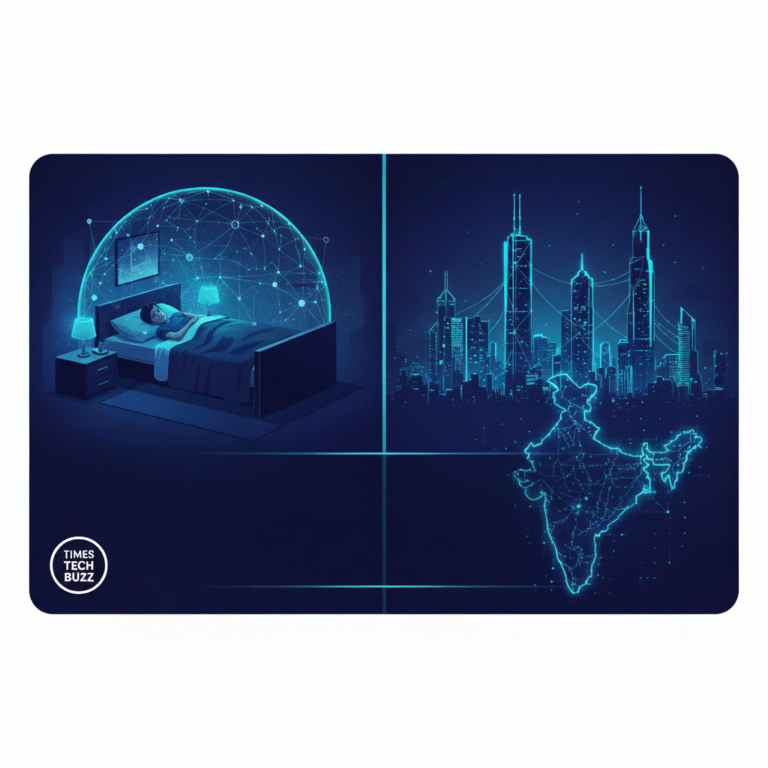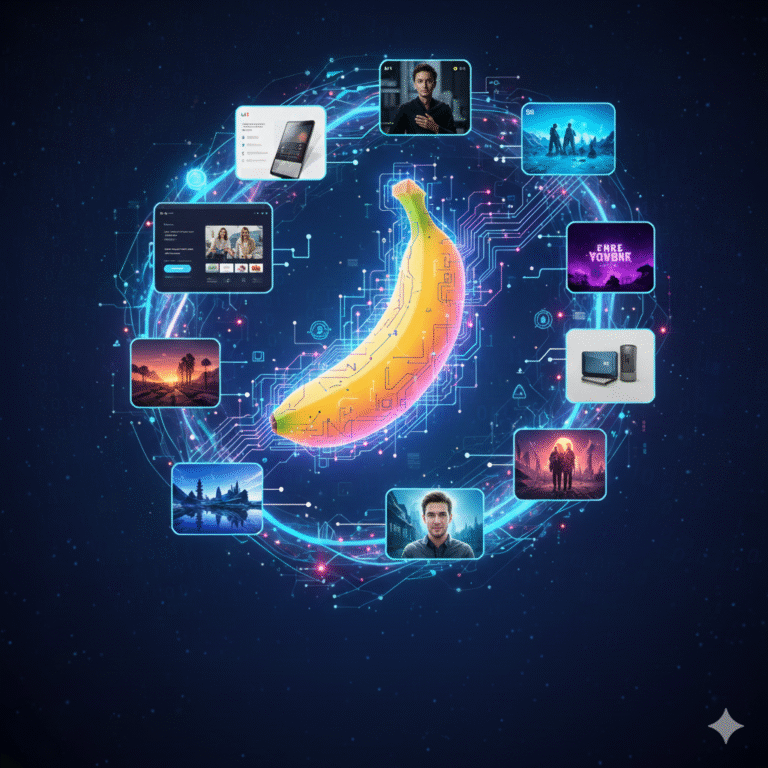In an ambitious move to bring personalized AI creativity to a wider audience, Meta has officially launched its AI-powered image-generation feature, ‘Imagine Me,’ in India. Integrated into Instagram, WhatsApp, and Messenger via the @Meta AI chat assistant, the feature allows users to reimagine themselves through stylized, creative portraits generated using artificial intelligence.
The India rollout marks a significant expansion of Meta’s generative AI strategy, aimed at boosting user engagement and visual storytelling across its platforms. This blog explores the workings of the ‘Imagine Me’ feature, its implications for digital creativity, privacy safeguards, and how this move fits into the broader AI ecosystem.
What Is ‘Imagine Me’?
‘Imagine Me’ is an AI-driven image generation tool embedded in Meta’s family of apps. With a simple command—“Imagine me as…”—users can create stylized portraits of themselves. Some popular prompts include:
- “Imagine me as a Bollywood superstar”
- “Imagine me as a superhero in a dystopian future”
- “Imagine me as a 90s guitarist”
Once the user types the prompt into the Meta AI chat and uploads three selfies, the AI generates highly personalized images based on the instructions. The selfies help the model maintain facial consistency, while the prompt guides the scene and style.
How Does It Work?
Behind the scenes, ‘Imagine Me’ uses multimodal AI models, combining text-to-image diffusion models with facial recognition and style transfer algorithms. Meta’s proprietary AI architecture identifies facial landmarks from user selfies, then blends those features with stylistic elements derived from the user’s prompt.
The resulting image is stylized, imaginative, and uniquely reflective of the prompt. For example, “cowboy on the moon” might show the user in a futuristic cowboy outfit under a cratered lunar sky. The model includes AI watermarking to ensure transparency and traceability.
Privacy and User Control
Meta emphasizes that ‘Imagine Me’ prioritizes user privacy and consent. The key privacy controls include:
- Voluntary image upload (3 selfies required)
- Ability to delete images or re-upload new ones
- AI watermarking on all generated outputs
- Data handling in accordance with Meta’s Privacy Policy
Users can delete the images directly within the chat, ensuring that their likeness isn’t stored permanently unless they choose to retain it.
Why It Matters: Democratizing Creative Self-Expression
The rise of generative AI tools like Midjourney, DALL·E, and Adobe Firefly has largely been limited to creators familiar with AI art platforms. Meta’s integration of AI tools into familiar messaging apps lowers the barrier to entry—making AI-generated self-expression available to everyday users.
In a society where identity and digital self-representation matter, features like ‘Imagine Me’ let users craft narratives of themselves in fantastical, aspirational, or humorous settings. This is especially significant for India, with its large youth population highly active on Instagram and WhatsApp.
According to Statista, India had over 487 million active WhatsApp users and 360 million Instagram users as of 2024—making it one of the largest digital markets for Meta to test and scale AI-driven features.
Meta’s Strategic Push in India
India is not just a user base—it’s an innovation ground. Meta has consistently invested in expanding regional relevance, whether through language models in Hindi and Tamil, WhatsApp business tools for small enterprises, or AI safety programs.
With ‘Imagine Me,’ Meta is:
- Enhancing user stickiness through creative tools
- Promoting responsible AI use with built-in safeguards
- Positioning itself as a mainstream AI innovator, not just a social media company
This move also comes at a time when global tech companies are racing to localize AI features, recognizing India’s growing role in the digital economy.
Challenges and Considerations
Despite its appeal, the feature raises a few important concerns:
- Bias in training data: If the AI has trained mostly on Western facial features, it might struggle with regional accuracy.
- Overuse or misuse: Mass-generated images could flood social media, potentially promoting unrealistic beauty standards.
- AI fatigue: As users are exposed to more AI-generated content, authenticity could become a concern.
Addressing these concerns will be crucial if Meta wants ‘Imagine Me’ to become a sustainable part of its platform ecosystem.
What the Future Holds
Meta is likely to expand the feature’s capabilities by:
- Supporting regional costumes and environments (e.g., “Imagine me in a Kerala temple festival”)
- Integrating AR filters to bring generated images into real-time use
- Offering group prompts for friends to imagine to be together
- Allowing GIF or video-style AI generations
These updates could make ‘Imagine Me’ not just a novelty but a core social interaction tool—similar to stories, reels, or filters.
Final Thoughts
‘Imagine Me’ marks an exciting intersection of AI, creativity, identity, and accessibility. By embedding generative image tools directly within social chat apps, Meta has made a bold move to democratize AI art. With strong privacy controls and regional relevance, the feature holds vast potential for fun, personalization, and even cultural expression.
As India steps further into a generative AI future, features like these could redefine how we see ourselves—and how we share that vision with the world.









+ There are no comments
Add yours